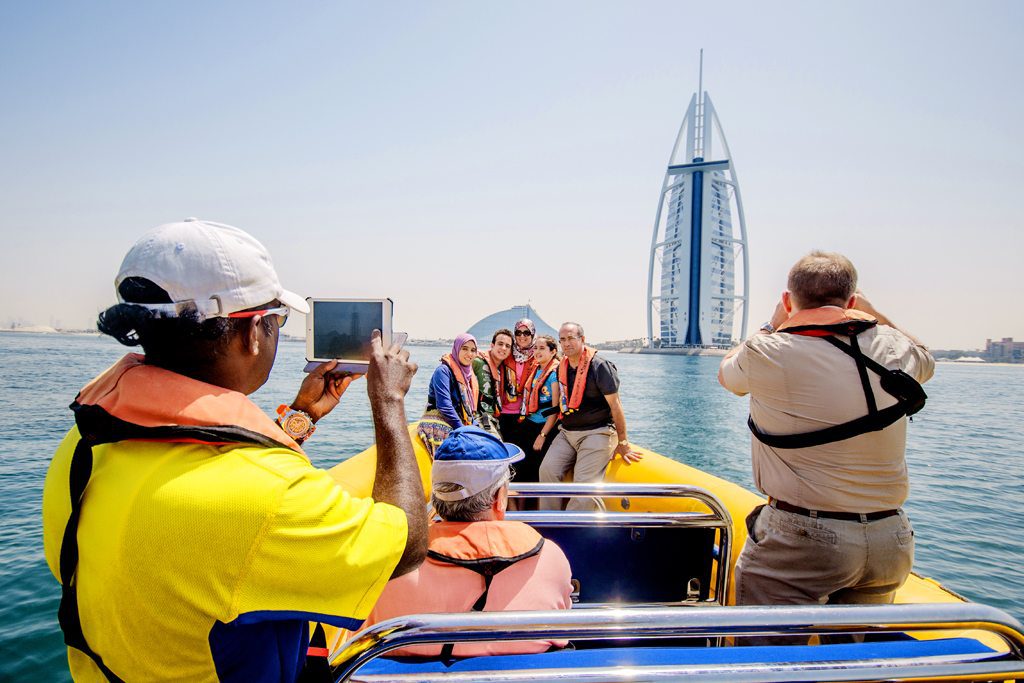GetYourGuide Will Market Some Tours and Activities Under Its Own Brand

Skift Take
GetYourGuide is betting that travelers will prefer to book GetYourGuide-branded tours over locally branded ones. This diagonal integration echoes marketing moves made by Oyo in hotels and RedAwning in lodging rentals. But will it work?
GetYourGuide, a tours-and-activities booking platform, will begin in August selling tours under its own brand name.
The Berlin-based startup, which has raised $175.5 million in funding, will rely on marketing partnerships with local activity operators.
The company will mine its data on customer preferences from having sold 15 million tours since its founding nearly a decade ago. It intends to use the lessons it has learned to set standardized criteria for how tours should be run.
To be labeled a GetYourGuide tour, an operator must agree to follow its best practices regarding meeting points, check-in processes, starting times, duration, and other factors. In return, the retailer will send more customers the operator's way.
This summer, five GetYourGuide-branded tours will debut in western European cities, which haven't been revealed. Next year, the company plans to boost that number to 100 branded tours in 15 global destinations. More details can be found at a promotional microsite that debuted Monday.
CLARIFICATION: This article originally took GetYourGuide's word and described its move as "an apparent first for the sector." But TripAdvisor-backed Viator has pointed out it has offered a white-labeled branded private tours product for a while.
Musement, an Italian-based activities retailer, said it has been producing its own tours for about a year by running a platform where a few hundred licensed tour guides in Italy, France, and Spain can be matched at sele

